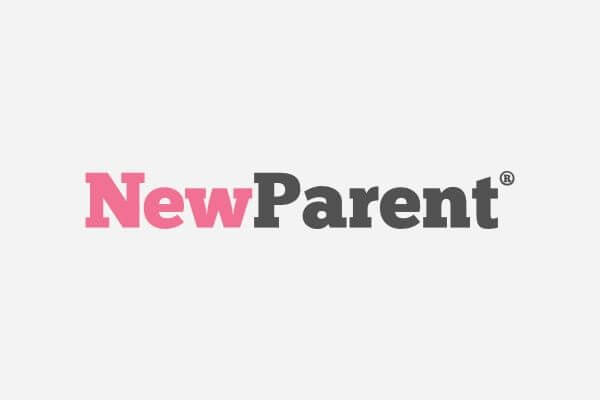Thanks to RIF.org for the information
From birth to age 3, most babies and toddlers become able to:
• Make sounds that imitate the tones and rhythms that adults use when talking.
• Respond to gestures and facial expressions.
• Begin to associate words they hear frequently with what the words mean.
• Make cooing, babbling sounds in the crib, which gives way to enjoying rhyming and nonsense word games with a parent or caregiver.
• Play along in games such as “peek-a-boo” and “pat-a-cake.”
• Handle objects such as board books and alphabet blocks in their play.
• Recognize certain books by their covers.
• Pretend to read books.
• Understand how books should be handled.
• Share books with an adult as a routine part of life.
• Name some objects in a book.
• Talk about characters in books.
• Look at pictures in books and realize they are symbols of real things.
• Listen to stories.
• Ask or demand that adults read or write with them.
• Begin to pay attention to specific print such as the first letters of their names.
• Scribble with a purpose (trying to write or draw something).
• Produce some letter-like forms and scribbles that resemble, in some way, writing.
AGES 4-6 NEXT…
{pagebreak}
From ages 3-4, most preschoolers become able to:
• Enjoy listening to and talking about storybooks.
• Understand that print carries a message.
• Make attempts to read and write.
• Identify familiar signs and labels.
• Participate in rhyming games.
• Identify some letters and make some letter-sound matches.
• Use known letters (or their best attempt to write the letters) to represent written language especially for meaningful words like their names or phrases such as “I love you.”
At age 5, most kindergartners become able to:
• Sound as if they are reading when they pretend to read.
• Enjoy being read to.
• Retell simple stories.
• Use descriptive language to explain or to ask questions.
• Recognize letters and letter-sound matches.
• Show familiarity with rhyming and beginning sounds.
• Understand that print is read left-to-right and top-to-bottom.
• Begin to match spoken words with written ones.
• Begin to write letters of the alphabet and some words they use and hear often.
• Begin to write stories with some readable parts.
At age 6, most first-graders can:
• Read and retell familiar stories.
• Use a variety of ways to help with reading a story such as rereading, predicting what will happen, asking questions, or using visual cues or pictures.
• Decide on their own to use reading and writing for different purposes.
• Read some things aloud with ease.
• Identify new words by using letter-sound matches, parts of words, and their understanding of the rest of a story or printed item.
• Identify an increasing number of words by sight.
• Sound out and represent major sounds in a word when trying to spell.
• Write about topics that mean a lot to them.
• Try to use some punctuation marks and capitalization.
Thanks to RIF.org for the information
A list of what to expect from birth to six years old.

